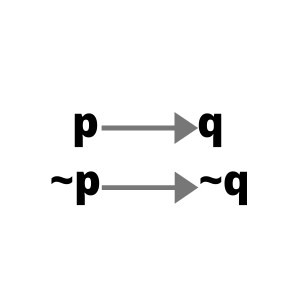Any e-commerce store’s corporate strategy has two main goals: on one side, it aims to increase the profit margin by extending the difference between the acquisition cost and the final sale price. On the other side, it tries to improve the number of conversions by applying competitive prices that match with the store’s market. Repricing is an excellent solution to achieve these two goals.
After all, both try to make the digital store more competitive and profitable. However, it is no easy task to quickly obtain optimal results in digital markets, as there is much competition in most of the sectors and rivalry between stores is quite severe.
Nonetheless, online repricing tools are solutions that can boost the competitiveness of e-commerce and help it stand out from the rest with competitive prices that increase the positioning as well as conversion rate.
WHAT AFFECTS THE SUGGESTION OF A REPRICER?
Repricing techniques try to modify the prices of a specific product depending on the changes and status of the current market. It is possible to do it manually using conventional spreadsheets like Excel, although the time and money invested can be very high depending on the volume of products the e-commerce store has. That is why using automated repricing tools is way more efficient.
If you automate the process of repricing, you will obtain much more optimized results, and you will be able to reach a much broader amount of data than doing it manually. The question you may ask right now is, what data do I need to take into account when using repricing tools?
YOUR VERTICAL
There are two principal factors you need to consider from your vertical environment. On the one hand, the demand for a product is an element that influences its value. The more demand there is, the more expensive the product becomes. It is usually like this unless it is a long-tail product, whose demand does not change drastically, and neither does its price.
On the other hand, another imperative factor to consider is competition. It is crucial to keep track of competitors’ movements in order to anticipate and keep up with their competitiveness level. That is why online pricing tools are such efficient solutions; they do not just track price changes but also make a competitive price comparison and give you the right amount of relevant data for your e-commerce.
YOUR E-COMMERCE BUSINESS
Several factors depend directly on your own e-commerce store and also influence the suggestion of a repricer. On one side, and related to the market’s demand, there is stock availability. If you can detect behaviour patterns in a specific vertical , you can foresee and optimize your own stock. As well as improve competitiveness, you save much money when buying goods to distributors.
This is, precisely, the second and most important factor to consider from your e-commerce: the purchasing costs. As we already explained, any business wants to have a wide profit margin. That is why when setting prices, it is critical to protect a minimum margin and not end up losing it just trying to improve conversions.
YOUR RULES
A repricer does not base its suggestions uniquely on the state of all these factors, but it also proposes prices according to the rules you have previously set.
Thus, retailers can include several conditions or parameters that will affect the repricing made by the software. These modifications can range from having the same price as a specific competitor for a particular brand or category; to having a lower price than a competitor, etc. You can add as many rules as you need, and the repricing software will update the data periodically, so your prices keep always competitive. After confirming the rates suggested by the tool, it will update it directly to your feed.







